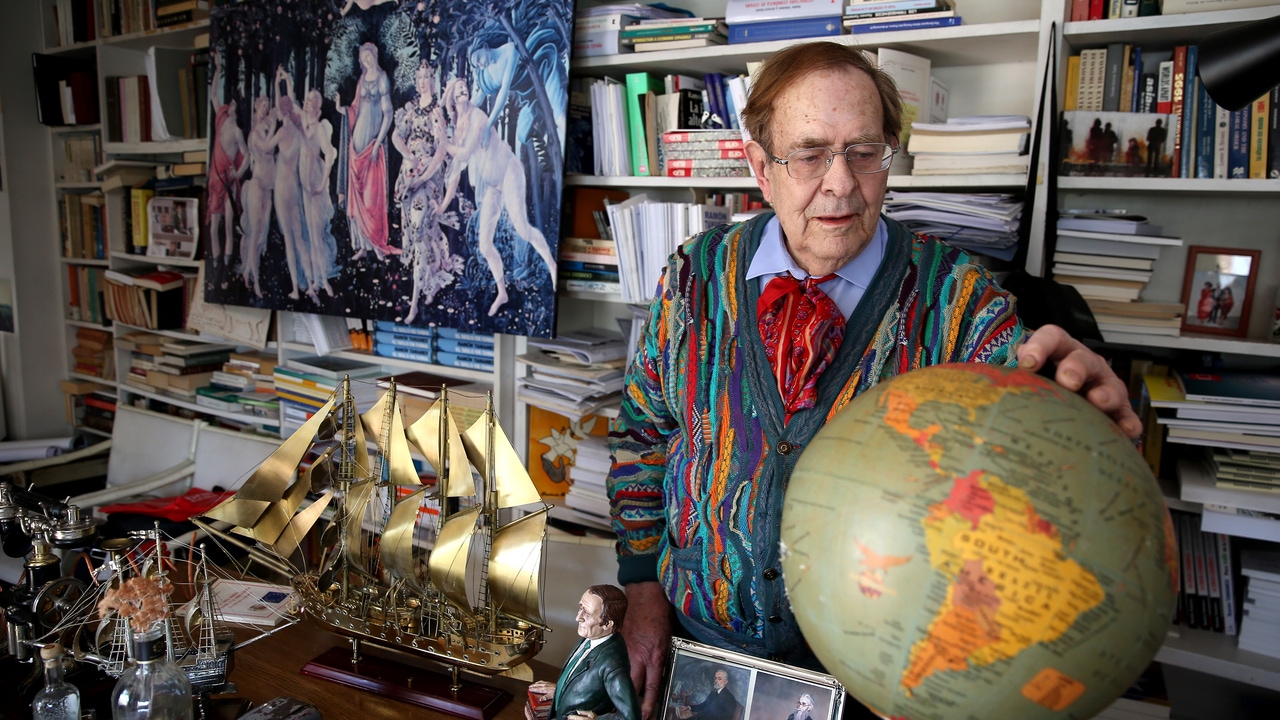On June 18, 1858, Darwin had already finished a manuscript of more or less a quarter of a million words, the equivalent of about 400 thick pages on a computer today. And it was precisely that day when he received a letter from also Englishman Alfred Russel Wallace, a collector of zoological and botanical pieces, who at that time was traveling through Sumatra, in the Dutch East Indies, now Indonesia. To his letter to Darwin, Wallace accompanied a diagram with an exposition very similar to what he himself was writing about evolution and that Darwin did not bring to light for fear of the reaction of the Church.
Fearing to lose the priority of being the great enunciator of evolutionism, Darwin consulted with his friend the geologist, and also a precursor of evolutionary ideas, Charles Lyell, who proposed a reasonable solution: at the Linnean Society of London, in its session on July 1. In 1858, the synthesis of the positions of Wallace and Darwin was read, in what was the very first expression of evolution. With this, both remained as fathers of the theory, without further resonance for the moment.
Darwin rushed to publish the following year – on November 22, 1859 – the main of his works: On the Origin of Species by Natural Selection, the book that would give him almost total and not a little unfair exclusive prominence, for something that He and Wallace had discovered it separately at the same historical moment. With the clarification that just as Fred Hoyle would explain much later in his Mathematics of Evolution – somewhat disparagingly –, what Darwin did was explain in 450 pages what Wallace had already explained clearly in 12 Dutch pages. Some biologists even argued that Darwin was a plagiarist of Wallace. Quite a story.

